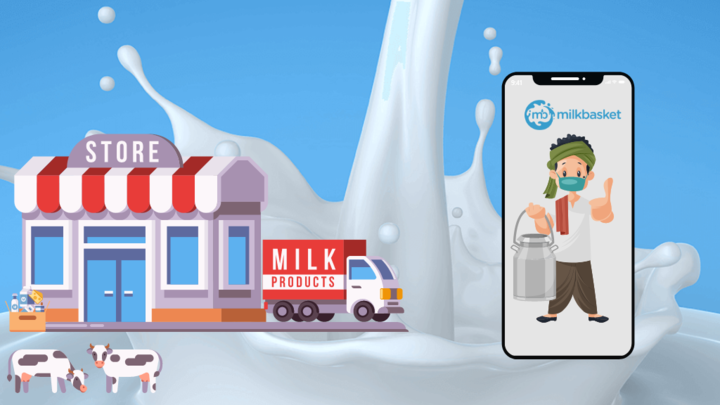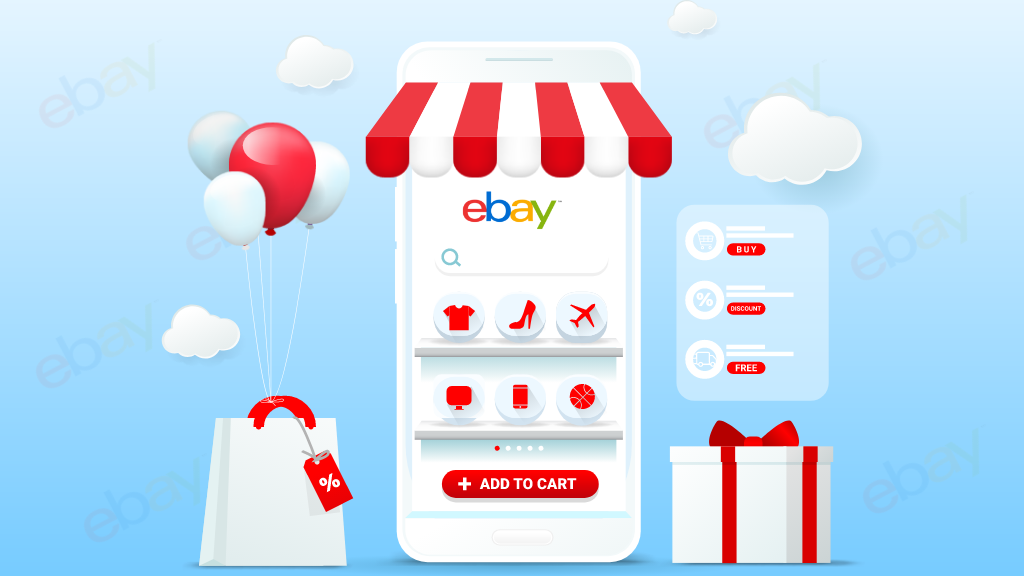Share
How To Make A Fuel Delivery App With Essential Features
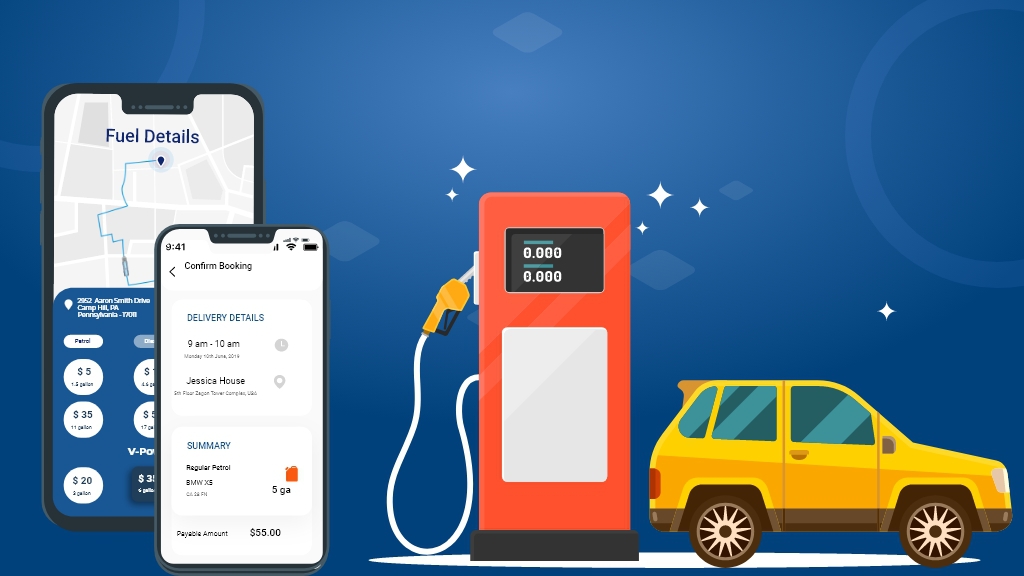
It was difficult to imagine 10 years ago that we would ever get a lift from our home, fuel delivery apps were just an imagination. No one could have imagined that the food you wanted could be delivered to your doorstep easily. With the introduction of on demand taxi services, food delivery services, and other on demand mobile app services, all the clothes ideologies seem to be a no brainer.
Businesses in today’s marketplace have experienced success by delivering on demand services like grocery delivery, meat delivery, etc. and everything we want, anytime and anywhere. The on demand market has proved to be a boon for us all but are you fully aware of the opportunities this market bestows upon us?
According to the Harvard Business View Report, more than 22.4 million customers and $57.6 billion in spending were drawn to the on-demand market each year. With the increase in demand for services, investors are coming up with new ways to establish a link between customers and the services they require.

One such idea that is gaining momentum these days is an on-demand fuel delivery app. Imagine if your car ran out of fuel in the middle of the road or you are getting late for your office and you realise that there is no fuel in your bike. What now? This is when fuel delivery apps come to light. This blog will determine what features can be included in your on demand fuel delivery app and how much will it cost.
Essential Features To Include In Your Fuel Delivery App
Features are a major part of any mobile application as they determine their uniqueness from other apps in the marketplace. The fuel delivery app can include features for various panels in the app namely, customer, driver agent and admin panel.
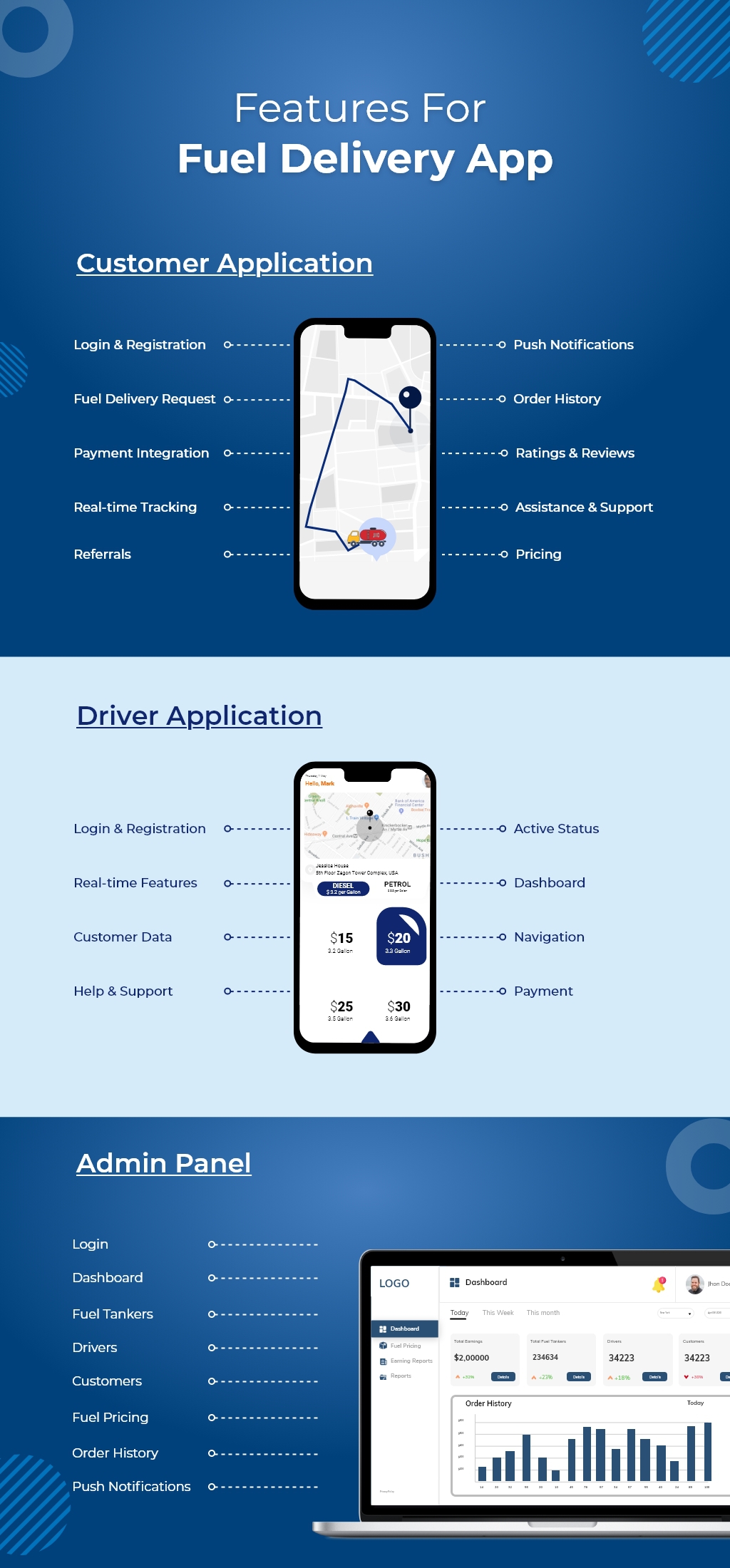
Customer Application
- Login & Registration: The registration process should be simple and quick. Customers should be offered the option of registering with their email, phone number or social media accounts.
- Fuel Delivery Request: It is one of the most important features of the app. The customer selects the fuel type and quantity, as well as the customer’s position for on-demand and planned deliveries.
- Pricing: The customer can check the overall price of the order placed after selecting the fuel type and quantity.
- Payment Integration: The app should be integrated with a standard payment gateway that allows customers to pay in any method they like including plastic cards, online transfer, cash on delivery, etc.
- Real-time Tracking: Customers should be able to track their orders in real-time using GPS navigation. This will allow them to analyse how much time the order is going to take to reach their destination and which route is taken by the driver agent.
- Push Notifications: It aids in keeping consumers involved and updated on the most recent events related to the service they have ordered. It is constantly updated with the most recent sales and promotions in order to support the business.
- Order History: Customers should be able to view their order history in case they want to repeat any previous order.
- Ratings & Reviews: The fuel delivery app should allow its users to give ratings and reviews based on the service provided to them.
- Referrals: Customers can inspire other users to spread the word about the app to their friends and family to avail of any referral discounts and offers.
- Assistance & Support: Customers should be able to contact administrative executives with questions about fuel distribution requests.
Driver Agent Panel
- Login & Registration: The driver can install or update the delivery versions of the mobile app, as well as register or login into it.
- Active Status: The driver may choose the status of their availability, which allows them to switch on or off their working mode.
- Dashboard: On the dashboard, the driver can see the completed deliveries, orders placed, orders planned as well as earnings.
- Real-time Features: The driver has the choice of rejecting or accepting the offers received, as well as tracking the order in real-time.
- Customer Data: The information of customers including name, location, the phone number can be accessible to the driver agents after they have confirmed their order.
- Navigation: With real-time monitoring in the maps, the driver can quickly find an optimized route to the destination on time.
- Payment: After the delivery is completed, the driver agent can receive payment in any method as per the convenience of the customer.
- Help & Support: This feature is to provide assistance to the customers and communication to the service department while they are in need.
Admin Panel
- Login: Admin can log in through the web-based panel safely.
- Dashboard: The administrator will use the data from this web panel. Total fuel tankers, total passengers, and total consumers are only a few examples.
- Fuel Tankers: The admin can add or update fuel tankers easily in the admin panel.
- Drivers: The admin will monitor the drivers and their real-time locations on a map from the admin screen.
- Customers: The admin can deal with approved customers in the admin line.
- Fuel Pricing: The admin will monitor and change the price of different fuel categories in the admin window.
- Order History: The admin can monitor the previous orders of the customers in the admin panel.
- Push Notifications: Various actions will be reported to the administrator. New driver registration and order charge, for example.
Fuel Delivery App Opportunities For Businesses
A mobile app is said to be successful when it fulfils all the requirements of its customers and provides excellent functionalities to other business owners. Some of the such as:
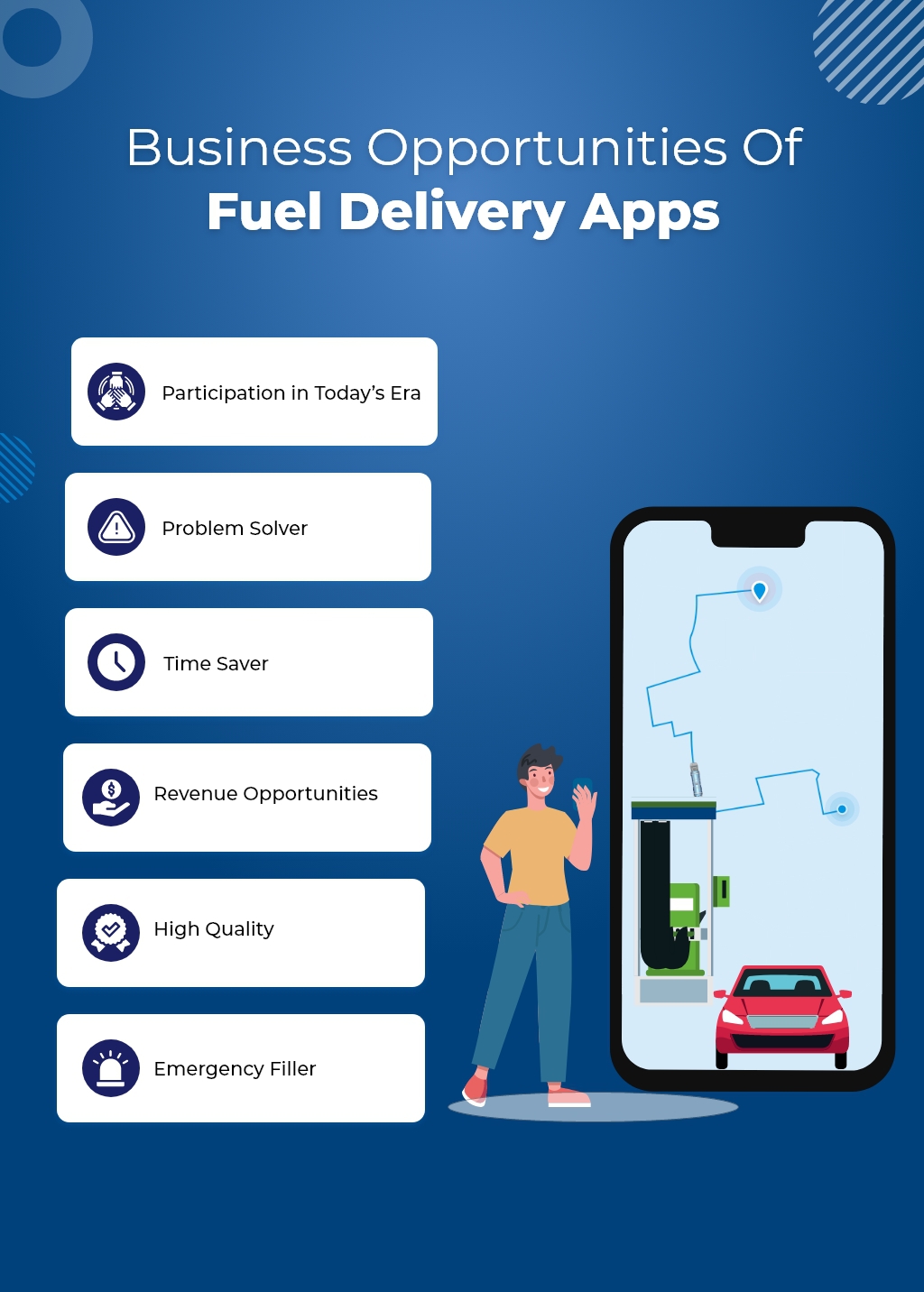
Participation
Today’s generation works on the principle of “now”. If anything is available in the market right now, it would be the first choice of the users. Online fuel delivery apps are an example of the scenario. It delivers fuel anytime and anywhere required.
There’s no reason to get in your car, drive out, sit in long lines, and refuel your vehicle’s tank. The on-demand fuel app bypasses the lengthy procedure and delivers the necessary fuel straight to the house. By getting a fuel delivery app developed, you can also be a part of this “now” era and earn high revenues.
Revenue Opportunities
It is okay to worry about revenues in this competitive market. In the case of Ashish’s MyPetrolPump startup, they charged a $2.79 flat fee for 200 litres. That will be payments for large companies with large needs. If you’re concerned about revenue, the on-demand fuel delivery app has a lot of doors to knock on.
Problem Solver
Solving users’ everyday challenges with technology is a surefire way to win the hearts of users as well as other business owners. You are addressing an everyday challenge for consumers with your on-demand fuel delivery app. Nobody will deter your business from being a major brand until you enter the arena.
High Quality
Fuel adulteration is described as the illegal injection of foreign materials into a commodity, causing it to fail to meet the standard specifications. This is the reason why people classify certain petrol pumps to contain good or bad fuels. By getting an on demand fuel delivery app developed, you will be able to eradicate this fuel adulteration issue to a great extent.
On-demand fuel delivery necessitates the use of trucks to complete the operation. And you’re loading those trucks nearly every day, which stops petrol from being stored for an extended period of time and eliminates the risk of adulteration. That means you guarantee high-quality fuel that consumers can want over other petrol pumps.
Time Saver
On demand delivery apps are popular for saving user’s time. They deliver the services required on the customer’s doorstep at the time allocated. All the same, they are concerned with making it on schedule. Similarly, fuel delivery apps will eliminate the whole procedure and save a lot of time by providing doorstep fuel services.
Emergency Filler
Another requirement you’re meeting with your on-demand fuel delivery app is emergency fuel supply. People sometimes run out of fuel in the middle of the road where there is no local petrol pump nearby. People can also discover that their cars have run out of gas in the morning, as they arrive at work. In such situations, you can make emergency fuel on demand 24/7 available through your app.
How Much Will It Cost To Develop A Fuel Delivery App?
The cost of development of fuel delivery apps depends on the features and functionalities included, the platforms integrated and the technology stack used. Aside from that, UI/UX experience, front-end and back-end production and testing tools all play a significant role. The development can cost you around $8000 and $20000, depending on the mobile application development company you choose. This is an estimate, and it can adjust whether you like any extra functionality or a more personalised experience.
Final Thoughts
In today’s generation using on demand services to attract users to your business is a great idea and one must not pass this opportunity. Developing an online on-demand fuel delivery app is not easy, but with this article as a guide and the assistance of quality app developers, you can create a fuel delivery app that can easily engage with your audience.
Rate this article!

Lively and spirited. You may call me a tech-geek. I like to explore latest advancements in the technical areas and develop case studies. Being a computer science graduate, I like to traverse through the technical platforms as well. You can find me understanding or playing with the latest technology


